A Porsche 2+2 coupé for £5000? In these times of rampant classic car inflation, it’s hard to believe something so desirable is available for such little money. Well, perhaps not desirable for diehard Porsche fans for whom ‘924’ is code for a stillborn Volkswagen, but for the rest of us this is the real deal.
The 924 arrived in 1976 and helped to steady Porsche’s ship. Today your £5000 buys a basic model registered in 1984, with around 65,000 miles, a 123bhp 2.0-litre engine and a full service history. The car we have in mind is being sold privately, which means you can quiz the owner on its history and day-to-day reliability. Then all aboard for an extended test drive so you can monitor engine temperature and oil pressure, feel for looseness in the suspension and check for oil leaks. If it’s sound, buy it.
Click here to buy your next used car from Autocar
The thing is, with prices of its bigger-brother 944 rising, a good 924 won’t be this cheap for much longer. But for now you can buy cheaper still: how about as little as £3850 for a 1988 924 S owned by a doctor for the past 17 years and with loads of history, or £4500 for a 1983 2.0-litre auto with just 53,000 miles and, again, stacks of history? Around £8000 buys some very nice 924s, and north of £12,000 the very best.
![]()
That comment about the 924 being a stillborn VW is a reference to its origins when, in the early 1970s, VW and Audi asked Porsche to help them develop a 2+2 sports coupé using their 2.0-litre engine. Porsche was developing the 928 behind the scenes and some of that experience found its way into the 924, with its front-mounted engine and rear-wheel drive with transaxle for good weight distribution and sporty handling. Squint and you can even see the 928’s shape in the new tiddler, and the 944 that followed it.
Then cue the oil crisis and VW went cold on the idea, handing Porsche the project which became the 924 we know today. It was launched in 1976 with a water-cooled 2.0-litre engine producing 123bhp and a four-speed manual or three-speed automatic gearbox. The public loved it, praising its looks, handling, build quality and economy. From day one, the 924 was never really about straight-line performance.
In 1978 a five-speed manual gearbox became an option, but the big news in 1979 was the arrival of a turbocharged version with 168bhp. There are a handful around, including an example of the much-improved Series 2, with 174bhp and improved turbo cooling. It’s a 1982-reg car with 110,000 miles, on the market for £8500.

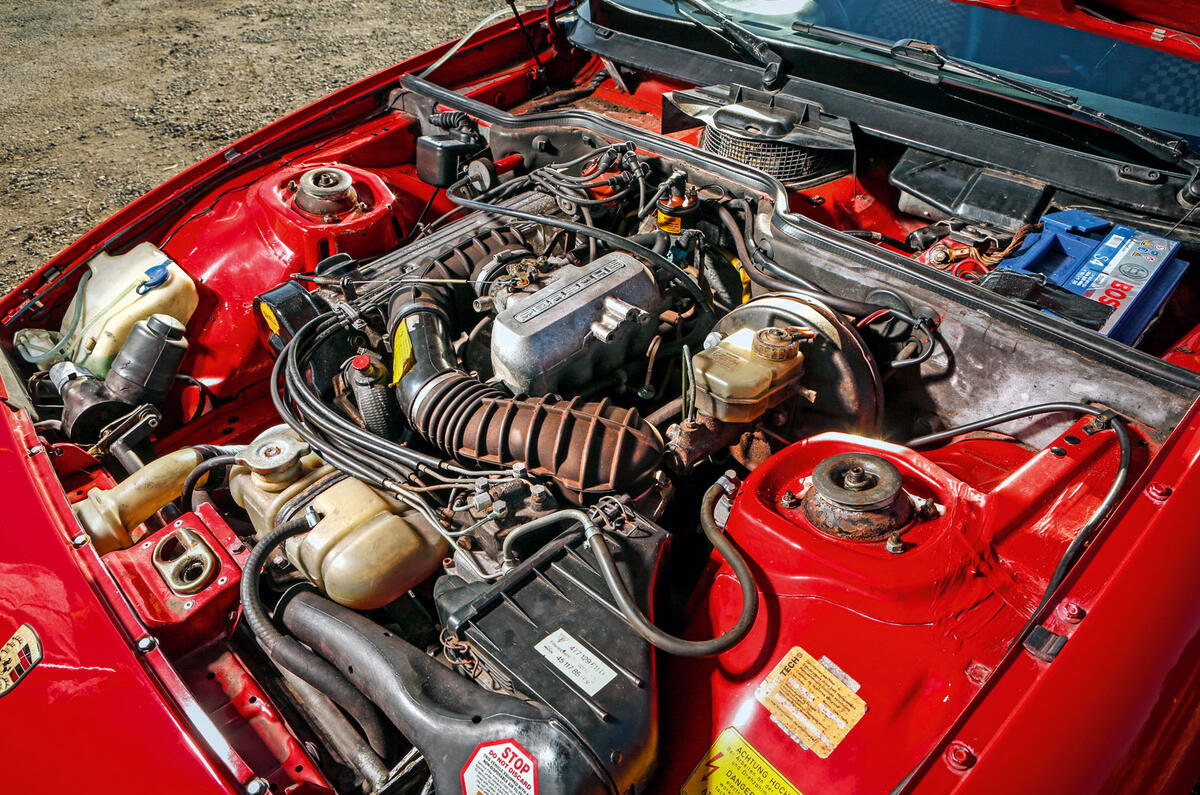


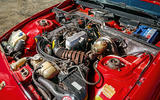
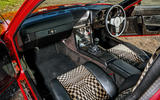
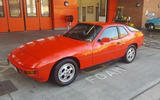

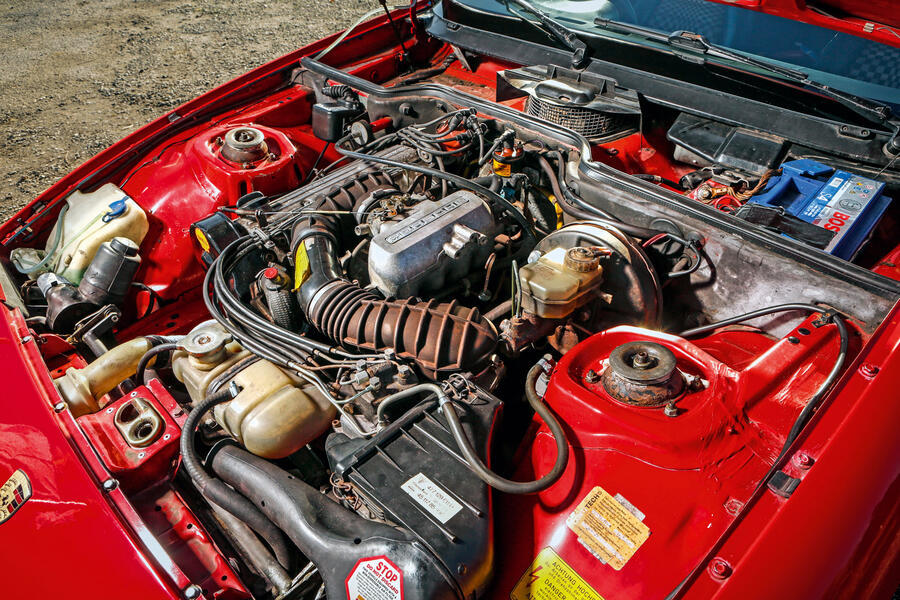
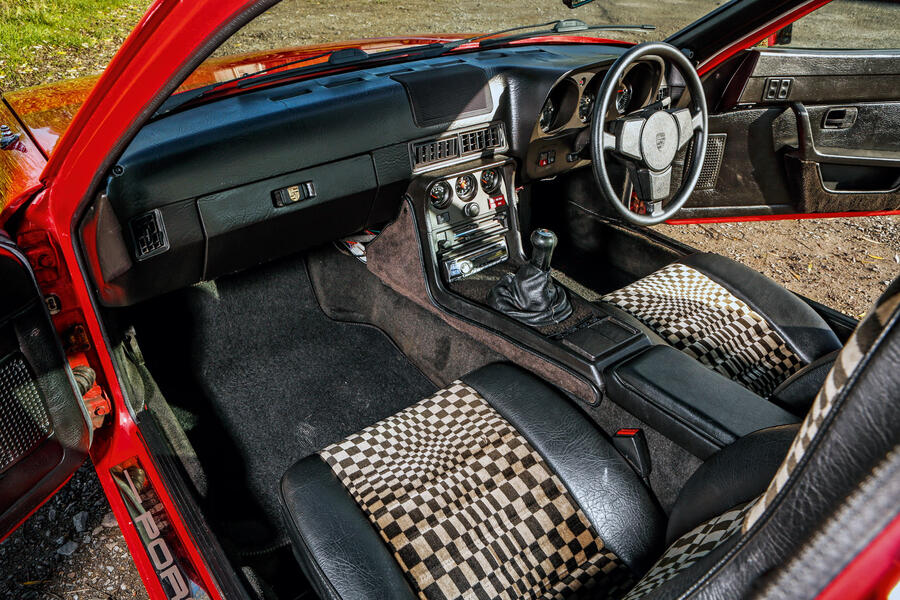
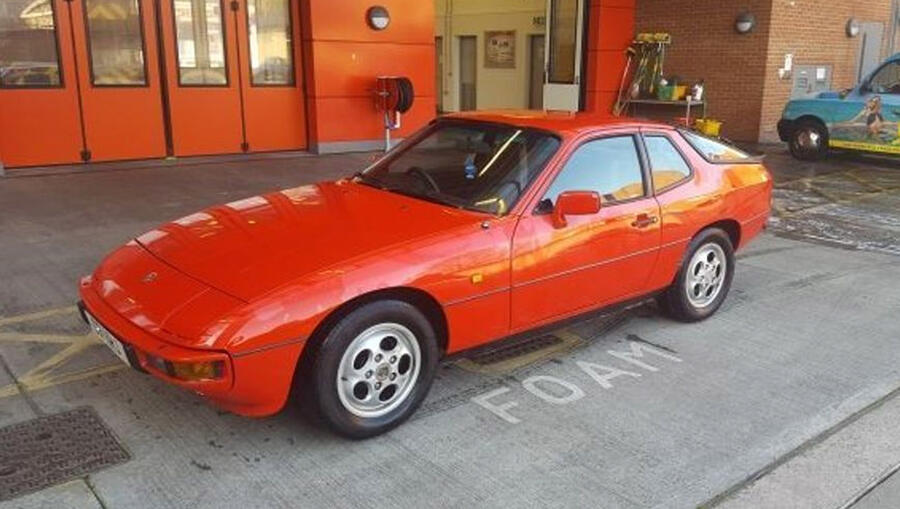

Join the debate
Add your comment
To my eyes ...
.. the styling of this car always suffered from an awkwardly proportioned rear end - it's like the back third of the car doesn't belong to the front two-thirds. A personal viewpoint, granted, but it was always enough to put me off wanting one. This was somewhat rectified by the 944 revisions but not entirely, and spoils for me what are apparently very good cars. Incidentally .. 'doctor owner' ... common sales-speak ... why? How is that supposed to impress? Some doctors I've experienced have trouble looking after people, let alone cars! Its like 'lady owner' ... but I won't go there.
Herald wrote:
Yeah I must admit to thinking similar, who cares what profession the previous owner had.
Weight ?
Surprised weight obsessed Autocar didn't mention that these splendid little cars only weigh 1080kg in 924S form, less in original 924 spec.
I ran an 83 2.0 924 lux for
I only sold mine when the kids got too big for the rear seats forcing me to buy something more sensible as I couldn't afford to run both. The rear is pre drilled and tapped for seatbelt fixings which is useful.
I loved mine, they are great cars and well worthy of the badge.